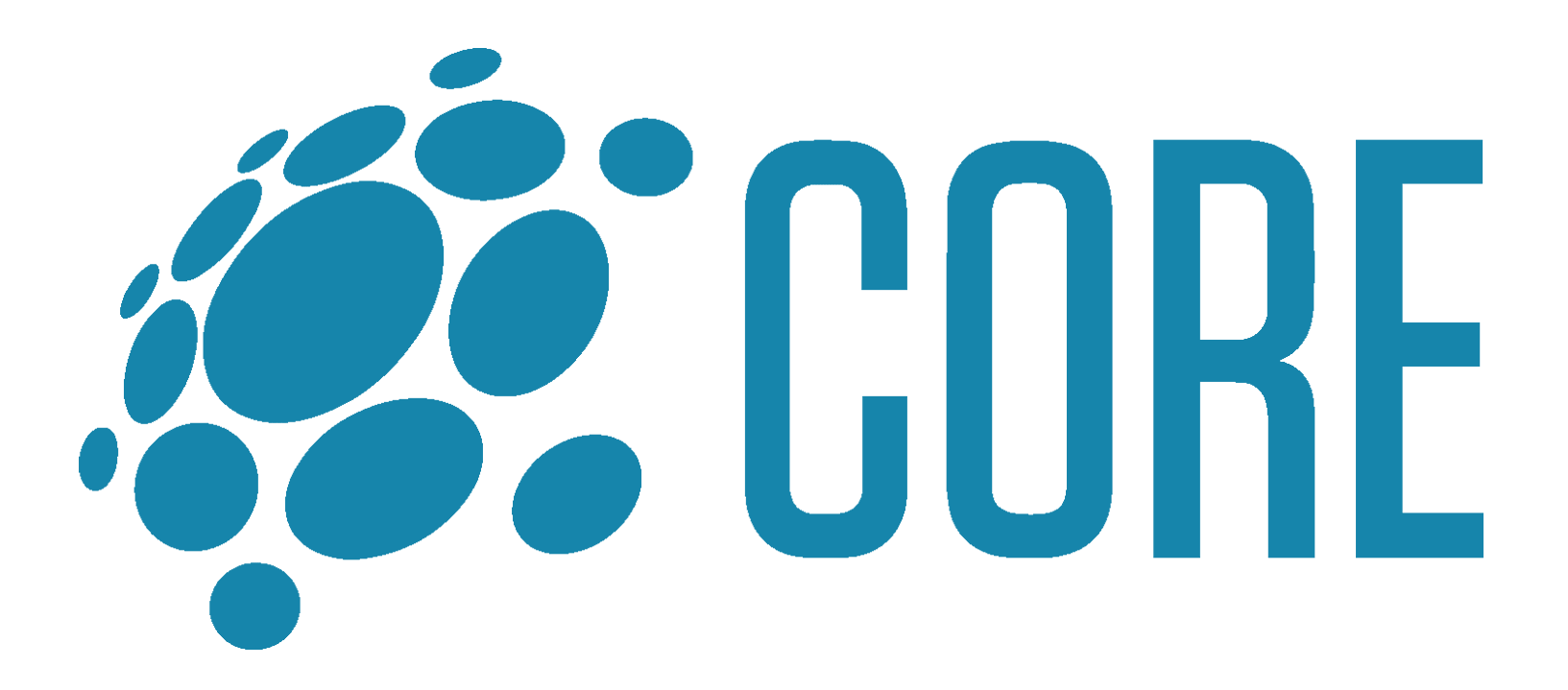Palatin Technologies Eyes Growing $6B Dry Eye Disease Market With Late-Stage Study Data
Author: Vandana Singh | April 08, 2024 10:02am
On Monday, Palatin Technologies Inc. (NYSE:PTN) announced the presentation of topline results for its Phase 3 PL9643 MELODY-1 trial, which evaluated the safety and efficacy of PL9643 versus vehicle in the treatment of dry eye disease (DED) at the American Society of Cataract and Refractive Surgery.
The company released the mixed topline data in February 2024.
The presentation included MELODY-1 Phase 3 data results, which indicate that the Intent-to-Treat PL9643 treatment population demonstrated clinically meaningful and statistically significant results at the change from baseline to week 12 for the co-primary symptom endpoint of pain (p<0.025) and multiple exploratory secondary symptom endpoints.
The presentation also included an overview of the excellent and superior safety and tolerability profile of PL9643 compared to other approved treatments.
“Analysis of our successful Phase 3 MELODY-1 clinical trial results demonstrate that PL9643 has broad, robust, and rapid efficacy for multiple symptom endpoints. The efficacy results were statistically significant for the co-primary symptom endpoint of pain and 7 of 11 exploratory secondary endpoints, including eye dryness, as early as two weeks. The effect improved and maintained statistical significance over the 12-week treatment period,” said Carl Spana, President and CEO of Palatin.
“Additionally, we have identified a substantial patient population with statistically significant efficacy results after two weeks of treatment with PL9643 for multiple sign endpoints, including all four fluorescein staining endpoints, which improves ocular surface disorders and facilitates the identification and treatment of epithelial damage and corneal injuries.”
“The early onset of efficacy for multiple symptoms and signs of dry eye disease and the excellent ocular safety and tolerability profile positions PL9643 as a highly differentiated product,” Dr. Spana continued.
Safety analysis from the Phase 3 MELODY-1 trial indicated PL9643 was well-tolerated.
There were fewer ocular treatment-related adverse events in the PL9643 arm (5.6%) compared to the vehicle (6.3%) and fewer study discontinuations in the PL9643 arm (7%) compared to the vehicle (11.1%).
A higher proportion of the vehicle-treated patients dropped out of the study before week 12 compared to the PL9643-treated patients.
While DED is one of the most common ocular disorders, affecting an estimated 38 million people in the U.S., only about 18 million are diagnosed, and less than 10% of those diagnosed are treated with a prescription product.
The dry eye disease market is estimated at $6.11 billion in 2024 and is expected to reach $7.46 billion by 2029, growing at a CAGR of 4.09% during the forecast period (2024-2029).
Price Action: PTN shares are up 33.1% at $2.34 on the last check Monday.
Photo by Gerax Sotelo on Unsplash
Posted In: PTN





